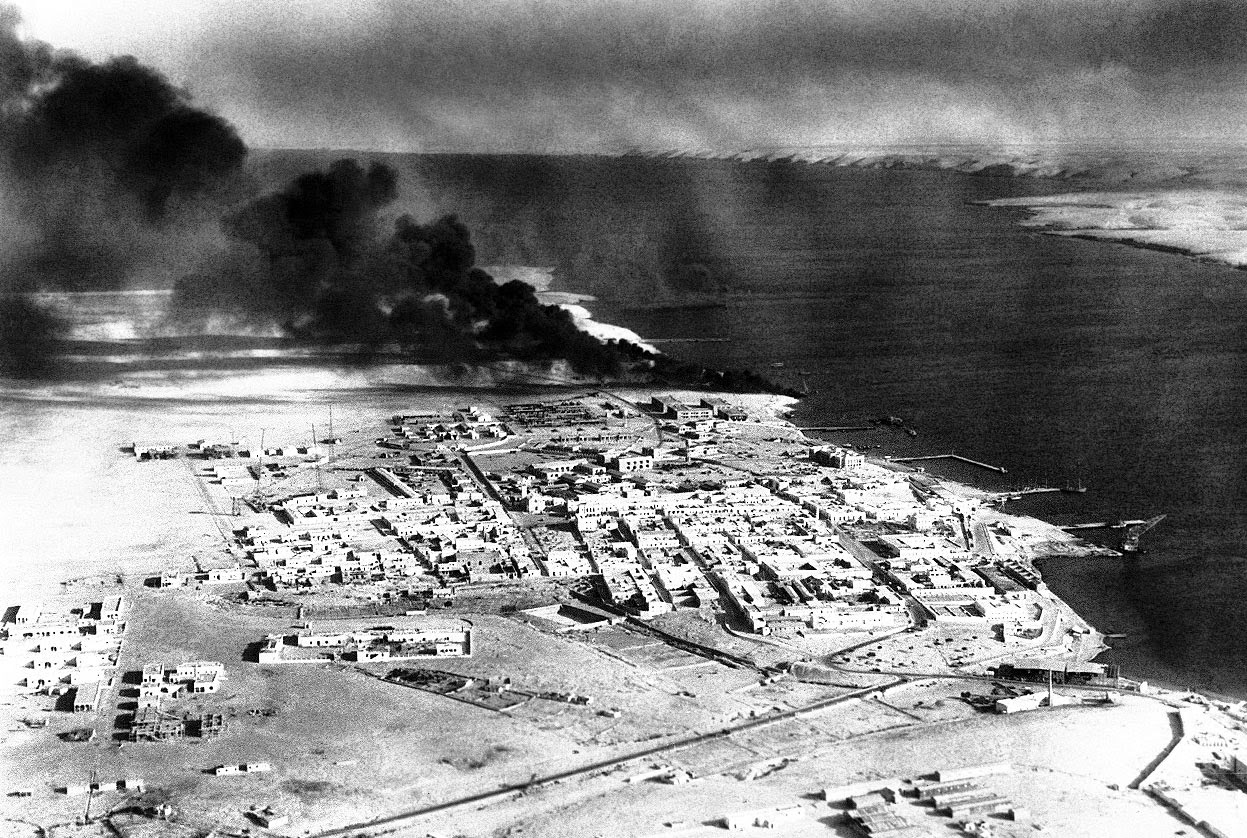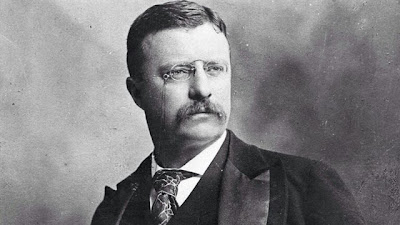The cause of battlefield preservation took great strides
forward in 2014, as the Civil War Trust, America’s premier battlefield
preservation organization, announced several landmark projects, and laid the
groundwork for continued success beyond the conclusion of the national Civil
War sesquicentennial commemoration.
Through the generosity of individual donors, coupled with strategic
partnerships with government officials and nonprofit groups across the country,
the Trust protected more than 2,300 acres of battlefield land in 2014,
eclipsing 40,000 total acres saved by the organization at 122 historic sites in
20 states.

“A generation from now, I believe that 2014 will be
remembered as the year when the conceivable scope of battlefield preservation
exploded,” remarked Trust president James Lighthizer. “This was the year that we demonstrated, in
multiple ways, the tremendous level of public support for protection of
hallowed ground as outdoor classrooms and living memorials to the sacrifices of
America’s military.”
Working closely in cooperation with willing landowners and
preservation partners, the Trust completed 45 transactions at 26 individual
battlefields in 10 states. The battlefields where land was preserved in
2014: Appomattox Court House, Va.;
Bentonville, N.C.; Brandy Station, Va.; Cedar Creek, Va.; Cold Harbor, Va.;
Davis Bridge, Tenn.; Franklin, Tenn.; Gettysburg, Pa.; Glendale, Va.; Glorieta
Pass, N.M.; Harpers Ferry, W.Va.; Kelly’s Ford, Va.; Mansfield, La.; Mill
Springs, Ky.; North Anna, Va.; Petersburg, Va.; Port Republic, Va.;
Rappahannock Station, Va.; Ream’s Station, Va.; Richmond, Ky.; Shepherdstown, W.Va.;
Shiloh, Tenn.; South Mountain, Md.; Stones River, Tenn.; Trevilian Station,
Va.; and Vicksburg, Miss.
 |
| The Antietam battlefield in Maryland |
With the October closing of the 654-acre historic Fontaine
Farm at North Anna — a property encompassing nearly the entire scene of combat
on May 23, 1864 — the Trust surpassed 40,000 acres saved in the organization’s
history. In November, the Trust embarked on a large preservation opportunity at
Chancellorsville, seeking to raise nearly $500,000 to save 479 acres associated
with Confederate Lt. Gen. Thomas “Stonewall” Jackson’s flank attack.
Facilitating these types of landmark transactions was the Trust’s ongoing
sesquicentennial fundraising effort, Campaign 150, which, in April, met its
original $40 million goal before being extended to an unprecedented $50 million
target.
Proving that acreage is not the only measure of a
preservation project’s significance, in July, the Trust announced a $5.5
million national fundraising campaign to save 4.1 acres in Gettysburg, Pa. The
property played a key role in combat on July 1, 1863, and includes several
historic buildings — most notably the Mary Thompson House, used throughout the
remainder of the battle as Gen. Robert E. Lee’s headquarters.
The most significant developments in battlefield
preservation during 2014 came near the year’s close. On Veterans Day, the Trust
announced the launch of Campaign 1776, ww.campaign1776.org, the first-ever
national initiative to preserve and interpret the battlefields of the
Revolutionary War and the War of 1812. The new effort’s first project involves
assisting the State of New Jersey in the protection of four acres on the
Princeton Battlefield, scene of George Washington’s first victory over British
forces on January 3, 1777. Campaign 1776 received a major boost on December 12,
when Congress passed legislation to extend federal matching grants for
battlefield protection through 2021 and, for the first time, make sites from
other conflicts eligible for what had previously been a Civil War-only program.
“The extension of this grant program mirrors our reasoning
for the creation of Campaign 1776,” said Trust president James Lighthizer. “All
of these American battlefields are sacred places — living memorials to this
nation’s brave soldiers, past, present and future — and it is up to us to
ensure their protection.”
 |
| The battle of Antietam in September 1862 |
The Trust’s preservation success in 2014 would not have been
possible without the dedication of Trust partners, including: American Battlefield Protection Program,
National Park Service, Bentonville Battlefield State Historic Site, City of
Franklin (TN), County of Chesterfield (VA) Parks and Recreation, Department of
Agriculture Farm and Ranch Lands Protection Program, Jefferson County Historic
Landmarks Commission, Kentucky Heritage Council, Madison County (KY) Fiscal Court,
Louisiana Office of State Parks, Maryland Department of Transportation,
Maryland Department of Natural Resources, Mississippi Department of Archives
and History, Municipality of Princeton (NJ), New Jersey State Parks, Forests
and Historic Sites, New Mexico Department of Cultural Affairs-Historic
Preservation Division, North Carolina Department of Cultural Resources,
Pennsylvania Historical and Museum Commission-Bureau for Historic Preservation,
Tennessee Historical Commission, Tennessee Civil War Sesquicentennial
Commission, Tennessee Department of Transportation, Virginia Department of
Historic Resources, Virginia Department of Conservation and Recreation and
Virginia Department of Transportation.
Numerous organizations also contributed to these preservation successes,
including: Averasboro Battlefield
Commission, Battle of Richmond Association, Brandy Station Foundation,
Franklin’s Charge, Central Maryland Heritage League, Central Virginia
Battlefields Trust, Friends of Shiloh National Military Park, Friends of
Vicksburg National Military Park and Campaign, Friends of Wilderness
Battlefield, Gettysburg Foundation, Glorieta Battlefield Preservation Society,
Journey Through Hallowed Ground, Land Conservancy of Adams County, Land Trust
for Tennessee, Land Trust of the Eastern Panhandle, Manassas Battlefield Trust,
Maryland Environmental Trust, Maryland Historical Trust, Mill Springs
Battlefield Association, National Parks Conservation Association, New Mexico
Land Conservancy, Piedmont Environmental Council, Princeton Battlefield
Society, Richmond Battlefields Association, Save Historic Antietam Foundation,
Silver Companies, Shenandoah Valley Battlefields Foundation, Shepherdstown
Battlefield Preservation Association, Trevilian Station Battlefield Foundation
and Wallace Foundation.
“These are among the generous individuals and organizations
who continue to stand by the Trust and our members — year in and year out — to
save America’s hallowed ground,” Lighthizer said. “Our job would be a whole lot
harder without the tireless efforts of these leaders, along with many of our
elected officials who fight — tooth and nail — for programs essential to our
efforts.”
In addition to its land acquisition successes, the Trust
continues promoting greater appreciation and understanding of the Civil War
through its innovative educational programs and digital offerings. In 2014, the group’s flagship website,
www.civilwar.org, received more than 5.8 million unique visits — an increase of
30 percent from 2013. A popular new
online feature was the War Department™ video series, an ongoing effort designed
to move past lists of names and dates, encouraging viewers to analyze the
broader impact of historical events.
Classroom educators benefited from two new Trust programs: the Teachers
Regiment, a virtual community of classroom educators, museum professionals,
librarians, tour guides and other public historians eager to raise the level of
history instruction nationwide; and the Field Trip Fund, a scholarship fund to
assist teachers in planning and paying for student trips to historic sites.
 |
| Antietam preservation |
The Trust also continues to earn accolades for its sound
fiscal management and commitment to top-notch donor relations, renewing its
Better Business Bureau Wise Giving Alliance accreditation and receiving a
prestigious Top-Rated Award by GreatNonprofits, the leading provider of user
reviews about nonprofit organizations. In addition, the Trust maintained its
4-star rating from Charity Navigator, America’s leading charity evaluator, for
a fifth straight year — an honor bestowed on only four percent of charities
assessed by that organization. Further,
the Trust’s membership magazine, Hallowed Ground, again earned top honors for
outstanding quality through the APEX Awards for Publication Excellence — its
sixth-consecutive Grand Award.
The Civil War Trust is the largest and most effective
nonprofit organization devoted to the preservation of America’s hallowed
battlegrounds. Although primarily
focused on the protection of Civil War battlefields, through its Campaign 1776
initiative, the Trust also seeks to save the battlefields connected to the
Revolutionary War and War of 1812. To
date, the Trust has preserved more than 40,000 acres of battlefield land in 20
states. Learn more at www.civilwar.org.
















































